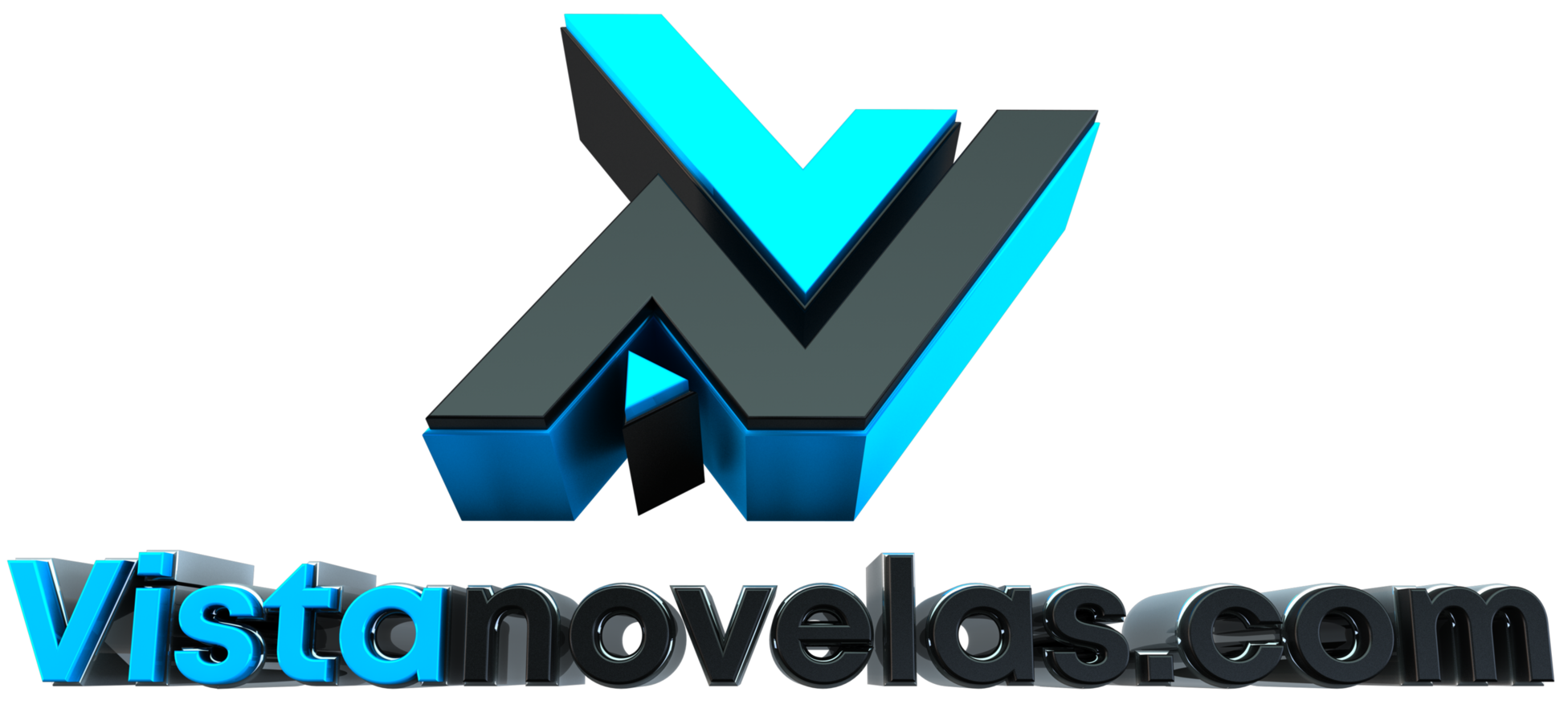
Collaboration and communication are two vital components of any successful team or organization. Effective collaboration and communication can help teams work more efficiently, increase productivity, and drive innovation. However, achieving effective collaboration and communication is not always easy. Here are five strategies that can enhance collaboration and communication within your team or organization:
Why is Collaboration and Communication Important?
-
Idea generation: Collaboration and communication enable people to share their ideas, perspectives, and knowledge, leading to better brainstorming and idea generation.
-
Diverse perspectives: Collaboration and communication bring together people from different backgrounds, experiences, and expertise, which can lead to a more diverse range of perspectives and innovative solutions.
-
Enhanced problem-solving: Collaborative efforts and communication can help teams tackle complex problems, brainstorm solutions, and address challenges more effectively.
-
Improved productivity: When individuals work together, they can divide tasks, support each other, and complement each other’s skills, which can lead to increased productivity and efficiency.
5 Strategies to Enhance Collaboration and Communication
1. Encourage open and honest communication
Effective communication starts with an open and honest dialogue. Encourage team members to share their thoughts, concerns, and ideas openly and create a culture that values transparency. When team members feel comfortable sharing their ideas and opinions, it can lead to more creative solutions and better outcomes. To encourage open communication, consider scheduling regular check-ins with team members, providing feedback, and being receptive to feedback.
2. Use collaboration tools
Collaboration tools can help teams work together more efficiently and effectively. There are many collaboration tools available, from project management software to instant messaging apps. When choosing collaboration tools, consider the specific needs of your team and the features that will be most useful. Some popular collaboration tools include Trello, Asana, Slack, and Microsoft Teams.
3. Clarify roles and responsibilities
When team members are unclear about their roles and responsibilities, it can lead to confusion and inefficiency. To enhance collaboration, make sure that everyone on the team understands their roles and responsibilities. This can help avoid duplication of effort and ensure that tasks are completed on time. Consider using a project charter or other document to outline the roles and responsibilities of each team member.
4. Foster a culture of collaboration
Collaboration is more than just working together on a project or task. It is a mindset that values teamwork, shared goals, and mutual support. To foster a culture of collaboration, encourage team members to help each other, share knowledge and resources, and celebrate each other’s successes. Recognize and reward team members who demonstrate collaborative behaviors, and create opportunities for team members to work together on projects or initiatives.
5. Develop interpersonal skills
Effective collaboration and communication rely on strong interpersonal skills. These skills include active listening, empathy, conflict resolution, and negotiation. Encourage team members to develop their interpersonal skills through training, coaching, and feedback. When team members have strong interpersonal skills, they are better able to communicate effectively, resolve conflicts, and work together to achieve common goals.
Conclusion
Enhancing collaboration and communication requires a multifaceted approach that includes tools, culture, and interpersonal skills. By encouraging open communication, using collaboration tools, clarifying roles and responsibilities, fostering a culture of collaboration, and developing interpersonal skills, teams can work together more effectively and achieve better outcomes.





